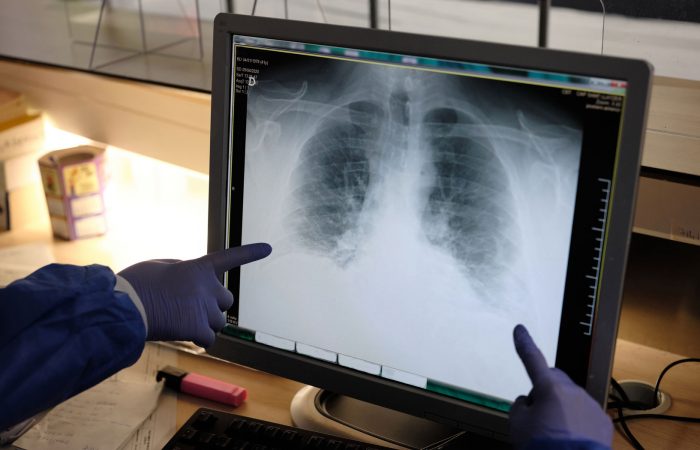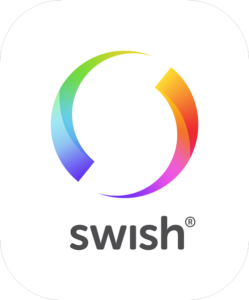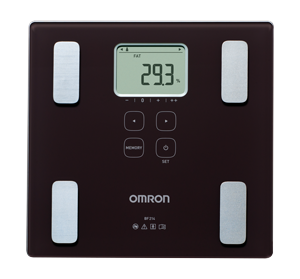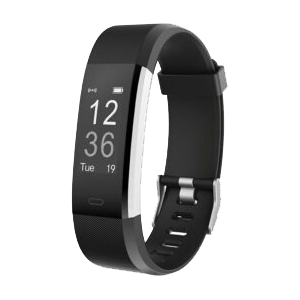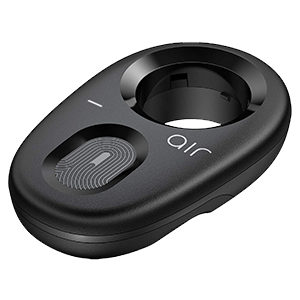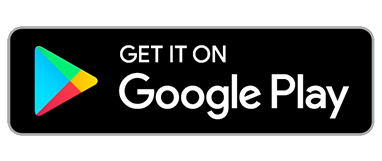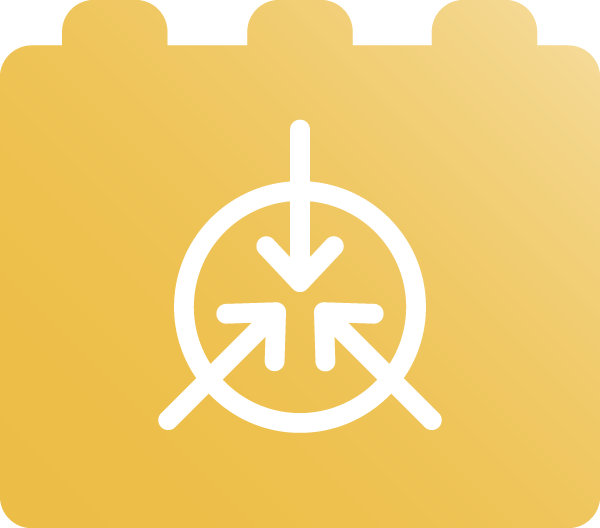
Integration
Through the integration building block, HOPE Platform supports integrations using services that all have manufactured APIs. These APIs are the way in which the different building blocks communicate with each other. Those developed as open APIs can also be integrated with APIs in external systems. For example, a patient list can be retrieved from an external system just as easily as it is done through the Activity Plan in HOPE Platform.
Structured formats and processes that comply with the FHIR (Fast Healthcare Interoperability Resources) standard are used for this.
